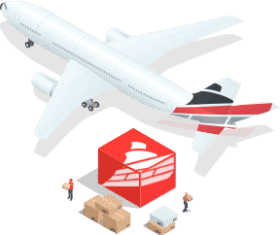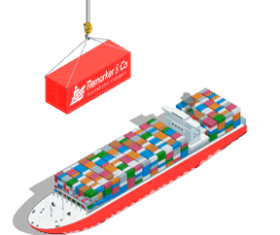Keeping freight spend under control and maintaining logistics visibility have always been a top priority for supply chain leaders going into peak season. Unfortunately, peak season costs continue to soar. For 2020, peak season costs are likely to shatter records. This is especially true as UPS and FedEx have now announced record-breaking peak surcharges. Regarding the FedEx peak surcharges and according to Commercial Appeal, “customers shipping more than 35,000 packages on average per week during periods in October and November will see charges apply later in the year. Customers who qualify will be notified prior to the effective date.
The amount depends on how much more the customer was shipping compared to what they were from Feb. 3 to March 1. FedEx’s website says residential shipments could see a per-package charge of $1 to $5, depending on how much more the customer is shipping.”
UPS has announced rates of up to $4 for air freight, making a 300% climb above the rate of 0.99 last year. Obviously, higher peak surcharges were already expected across all carriers, but their real-world cost and record-shattering values are adding more pressure to the industry. Unfortunately, these rates have a very real implication. They reflect the actual state of the current market and how shippers are rapidly moving freight into the spot market as shipping capacity grows ever tighter. Even in this unusual circumstance, the use of a transportation management system (TMS) can make a significant difference. And shippers need to understand how.












